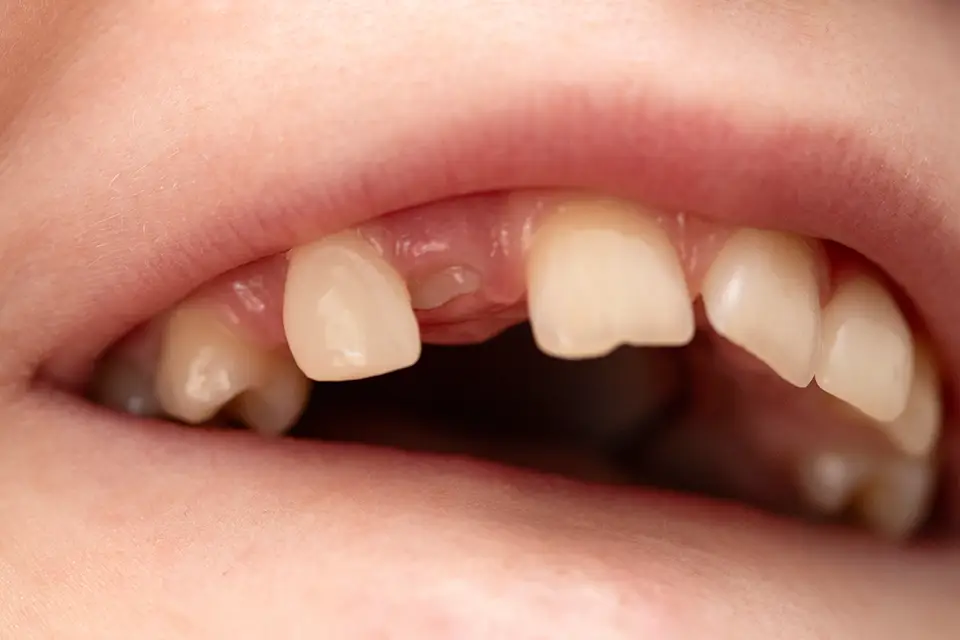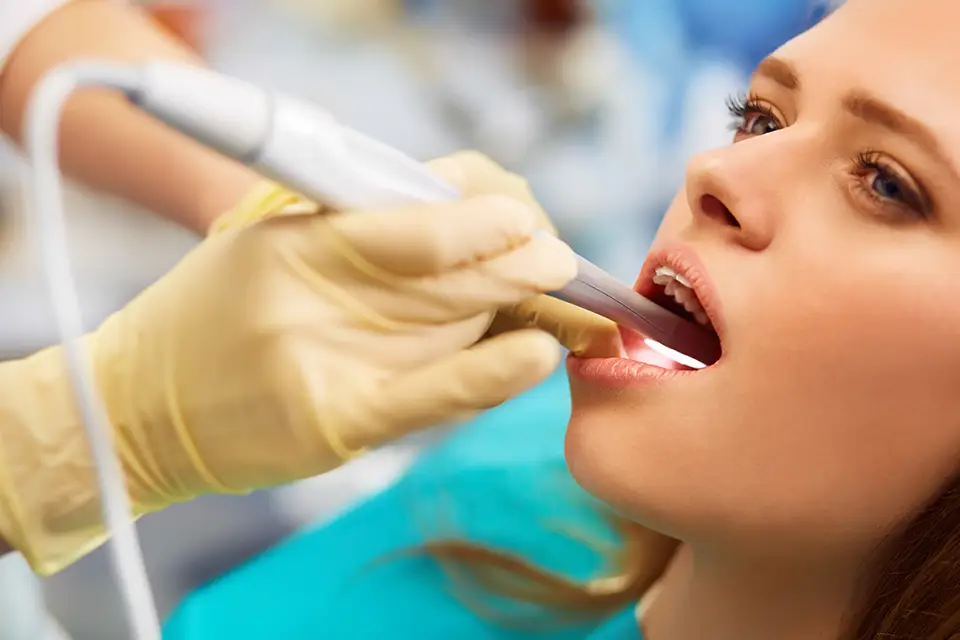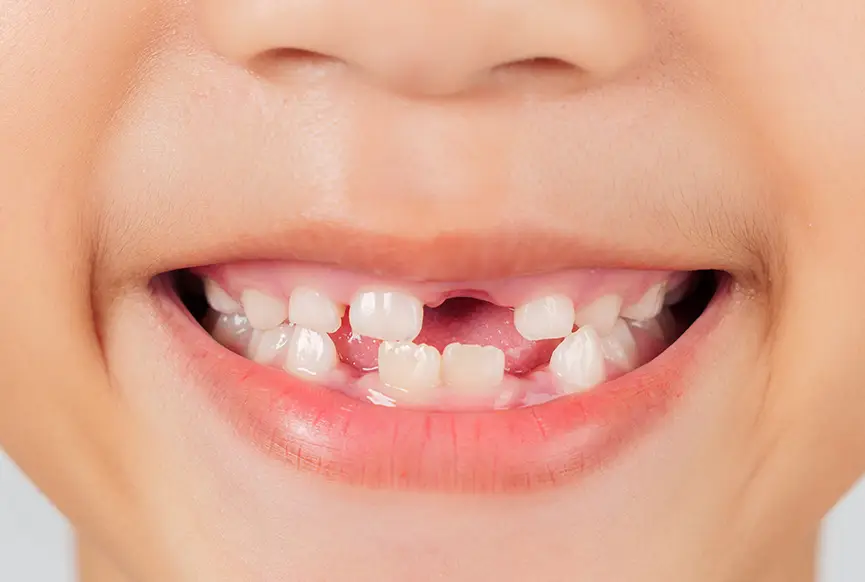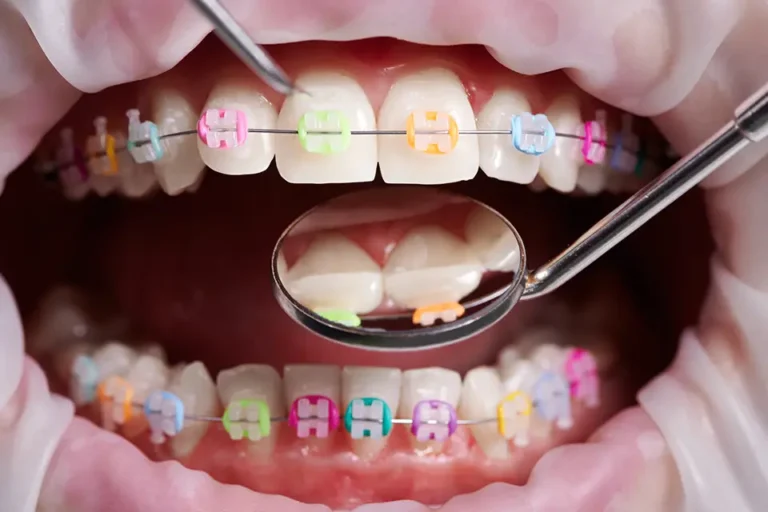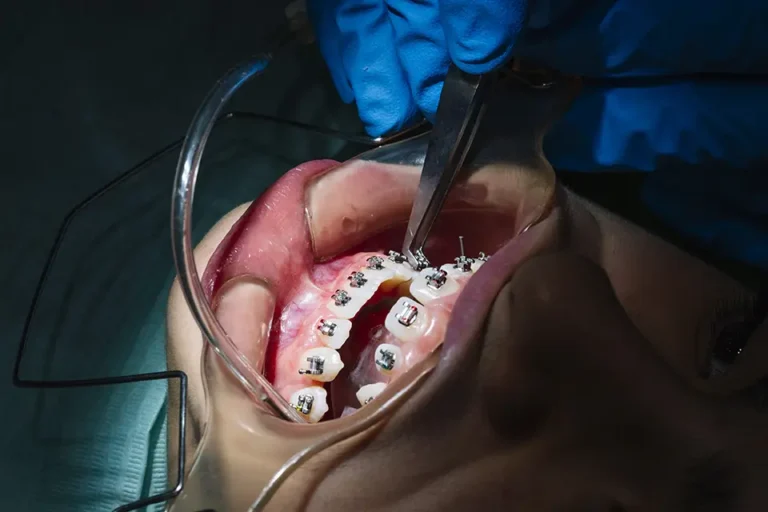Kids won’t always tell you their gums are sore. You’ll notice the little clues first: bleeding after brushing, “my gums feel puffy,” breath that lingers even after toothpaste. Those small hints can point to periodontal disease in children; gum inflammation that, if ignored, can chip away at the tissues that hold teeth steady. Fortunately, early care changes the story quickly. At Zara Dental, a family-first dental clinic in Houston, we keep things simple and supportive: show you what’s happening, coach habits that work at home, and step in with treatment that fits your child’s age and attention span.
What Is Periodontal Disease in Children?
In plain language, it’s gum disease on a spectrum—from reversible gingivitis to true periodontitis. Moreover, plaque along the gumline irritates tissues; over time, when that irritation lingers, the attachment around teeth can be damaged. In everyday pediatric dentistry, we most often see:
- Gingivitis (Reversible): Gums look red or puffy and bleed with brushing or flossing.
- Localized Periodontitis: Early support loss, often around first molars and incisors.
- Aggressive Patterns (Uncommon): Quicker breakdown in otherwise healthy kids or teens, sometimes with a family link.
- Gingival Overgrowth: Extra gum tissue from braces, mouth breathing, or certain medicines that traps plaque.
In addition, handled early, periodontal disease in children is manageable—and often preventable.
What Causes Periodontal Disease in a Child?
The main driver is plaque left where the tooth and gum meet. However, a few extra factors make that plaque harder to clear. Moreover, in our general dentistry in Houston practice, these are the usual culprits:
- Bacterial Plaque: The sticky biofilm that sparks inflammation at the gumline.
- Home-care Gaps: Rushed brushing, no floss, frayed brush heads, or scrubbing too hard.
- Crowding and Braces: More hiding spots without the right tools.
- Mouth Breathing or Allergies: Drier tissues inflame more easily.
- Hormonal Shifts (Puberty): A stronger response to the same plaque load.
- Genetics & Health Conditions: Family history, diabetes, or immune system issues increase the risk.
- Medications & Habits: Some drugs enlarge gums; tobacco or vaping make gums react more.
Furthermore, tackle the driver (plaque) and the helpers (habits, crowding, dryness), and periodontal disease in children is far less likely to progress.

What Are the Symptoms of Periodontal Disease in a Child?
You’re watching for changes in color, texture, and comfort. At first, early signs are quiet; later, advanced signs are hard to miss.
Early (gingivitis)
- Red, swollen, or shiny gums
- Bleeding with brushing or flossing
- Morning breath that doesn’t fade
Advanced (periodontitis)
- Gums receding; teeth look a little “longer”
- Pus or a persistent bad taste at the gumline
- Teeth shifting or feeling slightly loose
- Pain on chewing; bite suddenly feels “off”
If the advanced list sounds familiar, sooner is better—periodontal disease in children responds best before deep damage sets in.
How Is Periodontal Disease Diagnosed in a Child?
We keep exams calm and child-friendly—short explanations, gentle technique and also no surprises.
- History That Matters: Medical conditions, medications, allergies, sleep/breathing habits, and orthodontic appliances.
- Gum Check: Where redness and bleeding occur, and how plaque or calculus collects.
- Light Measurements: A soft-tip probe checks pocket depths where indicated—done slowly and kindly.
- Low-dose Imaging: Small, focused X-rays if we need to evaluate bone levels.
- Risk Review & Plan: If we see faster-moving patterns, we coordinate with a pediatric periodontist or your child’s physician.
Moreover, the aim is clarity: what we see, what it means, and which steps will actually help periodontal disease in children settle down.
Periodontal Disease in Children: Treatment That Fits Their Age
We start with the least invasive option that will work and only step up if needed. Generally, progress should feel steady and doable—for kids and parents.
Non-surgical first line
- Professional Cleaning & Targeted Scaling: Clear plaque and calculus kids can’t reach.
- Home-care Coaching: Soft brush, 45° angle to the gumline, small circles; flossers or interdental brushes around braces; a two-minute plan that sticks.
- Short-course Rinses or Gels (When Appropriate): Alcohol-free, supervised, and also time-limited.
- Fix Contributors: Support nasal breathing, adjust ortho hygiene, review medicines that may enlarge gums.
If the disease is more advanced
- Localized medicaments or antibiotics placed precisely at diseased sites when indicated.
- Systemic antibiotics reserved for select aggressive presentations.
- Minor surgical care (when necessary); limited access to clean deep areas; gingivectomy for medication-related overgrowth; a small frenectomy if a tight frenum blocks proper brushing.
- Stabilize or remove hopeless teeth (rare in kids, but honesty protects overall health).
Maintenance (where results stick)
- Reviews: Every 3–4 months until gums are consistently calm; then we extend intervals.
- Re-coach As They Grow: New sports, braces on or off, changing routines—habits evolve with kids.
Furthermore, handled this way, periodontal disease in children usually moves from “worry” to “under control” without overwhelming anyone.

Prevent Periodontal Disease in Children
Prevention works best when it’s simple, repeatable, and sized to your child. Keep the basics steady, and you’ll see fewer flare-ups.
- Brushing: Brush twice daily with a soft, compact head; angle bristles into the gumline and use gentle circles.
- Toothpaste Amounts: Rice-grain smear (under 3), pea-size (3–6), standard (7+).
- Flossing: Floss once a day once teeth touch; flossers or interdental brushes for braces and wider spaces.
- Snack Smart: Fewer sticky, sugary grazes; water as the default drink; quick rinse after treats.
- Regular Checkups: Cleanings plus brief gum checks catch small issues early.
- Support Nasal Breathing: Treat allergies or mouth breathing with your pediatrician—better airflow helps gum health.
- Lead by Example: A family two-minute brush beats a month of reminders.
Moreover, these small moves, done most days, make periodontal disease in children far less likely to take hold.
Conclusion: Calm Gums, Confident Kids
In summary, most cases start with everyday plaque and end with everyday habits—plus a little professional help at the right time. When parents get clear guidance and kids get tools that actually work in small hands, periodontal disease in children settles down and stays that way. If you’re noticing bleeding, puffy gums, or a bite that suddenly feels “off,” a short, kind visit can reset the course quickly.
Finally, ready for a straightforward plan? Book a kid-friendly periodontal screening at Zara Dental in Houston. We’ll confirm what’s going on, clean what’s needed, and send you home with a routine that fits your child—and your week.




